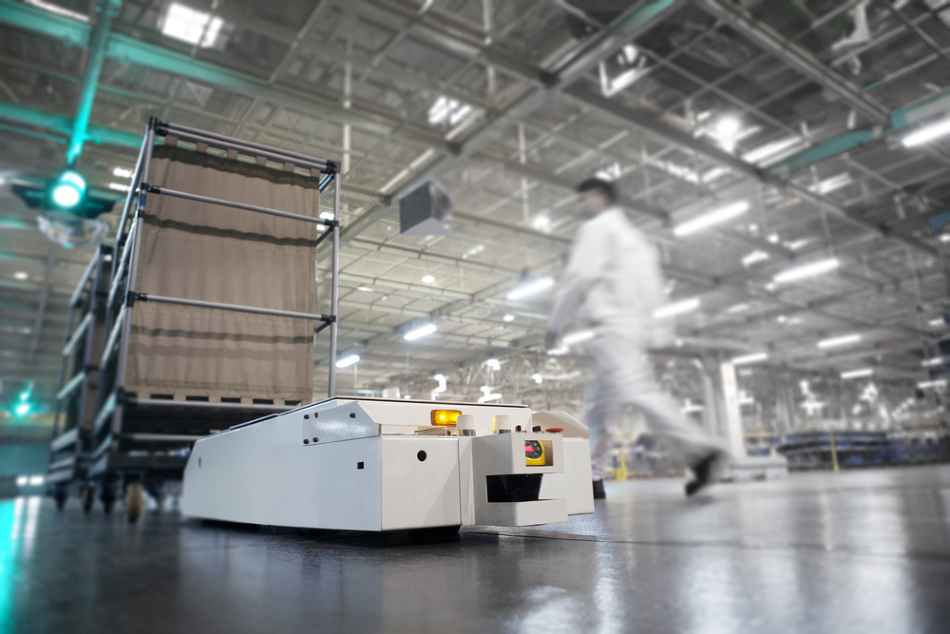Sep 25 2014

Image Credit: Jenson/Shutterstock.com
Article updated on 04/03/20 by Mihaela Dimitrova
The term robot locomotion refers to the ways in which robots move from one place to another with the help of different mechanisms. Legged and wheeled mechanisms are currently the two main concepts of locomotion.
Principles of Robotic Locomotion
Legged robotic locomotion systems are suitable for navigating and moving in rough terrains and other harsh environments. Inspired by the motion of several biological systems, legged robots can climb steps, walk on surfaces with several irregularities and cross large gaps/ jump.
Legged robots can move freely if each of their legs has at least two degrees of freedom (DOF): one for the movement of swinging and the other for lifting. The joint of each leg is powered by a servo motor. Legged robots have four configurations: one, two, four and six-legged machines. One, two and four-legged robots are dynamically stable, and six-legged robots have static stability.
Wheeled locomotive systems, on the other hand, are more efficient than the legged systems, despite having other drawbacks, as the rolling wheels do not lose energy nor require balance control mechanisms.
There are several types of wheels which include:
- Standard/fixed wheels with two degrees of freedom and an ability to move forward and backward
- Orientable wheels that are usually mounted on a fork to provide better balance
- Omni-wheels which are suitable for multi-directional motion
- Ball wheels with 360° of freedom
Applications
The potential, as well as some already existent application areas of mobile robots, include:
- Space applications – Space exploration and remote identification of space stations
- Forests – Prevention of fire, cutting trees and clearing forests
- Defence applications – Surveillance vehicles and explosive ordnance disposal
- Oil and gas industries – Inspection of leakages in oil or gas pipes and cleaning oil tanks
- Medical industries – Automation of pharmaceutical services and assisting doctors in surgery
- Agriculture – Planting, fertilization and picking fruits and vegetables
- Construction applications
References and Further Reading